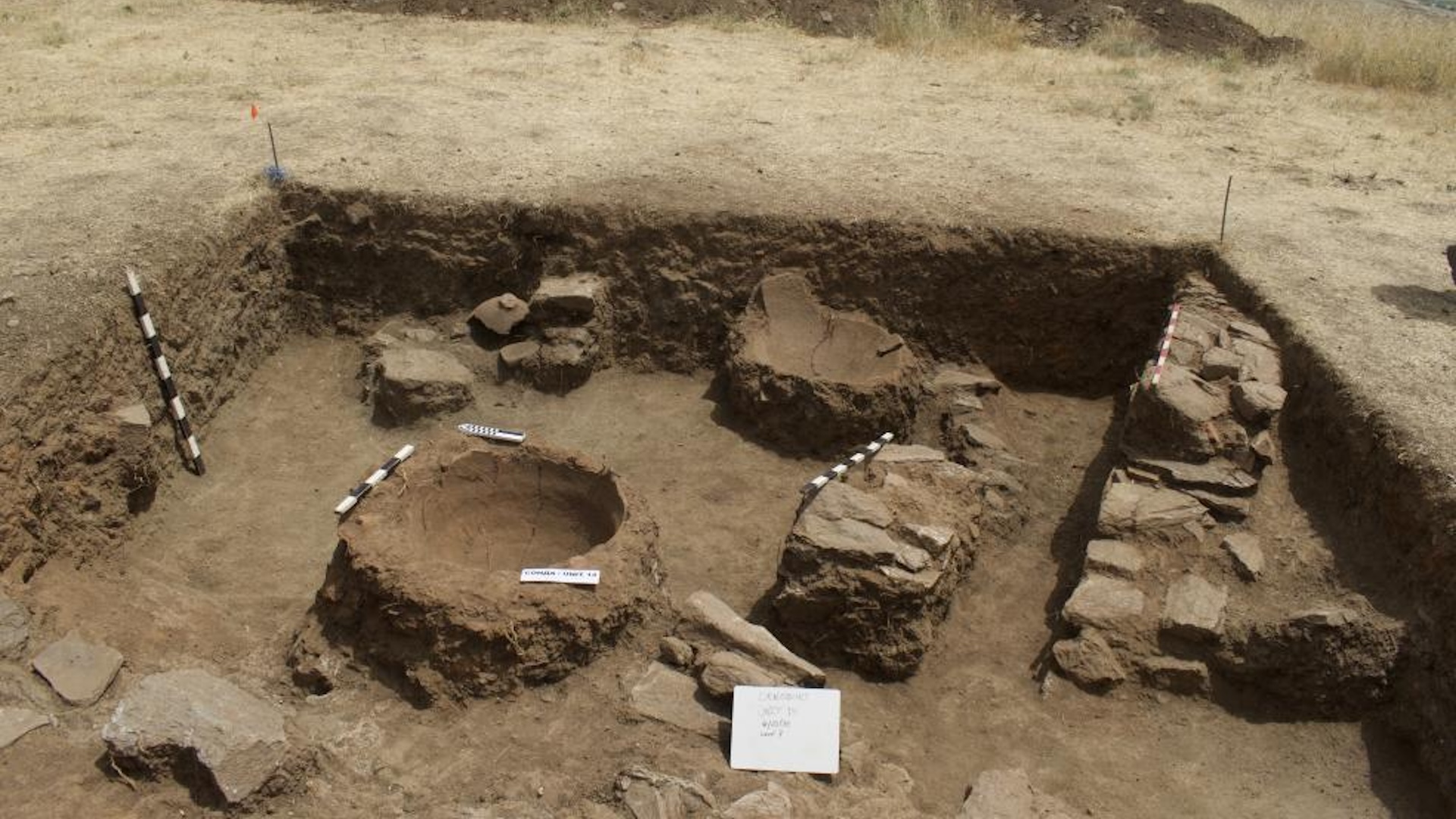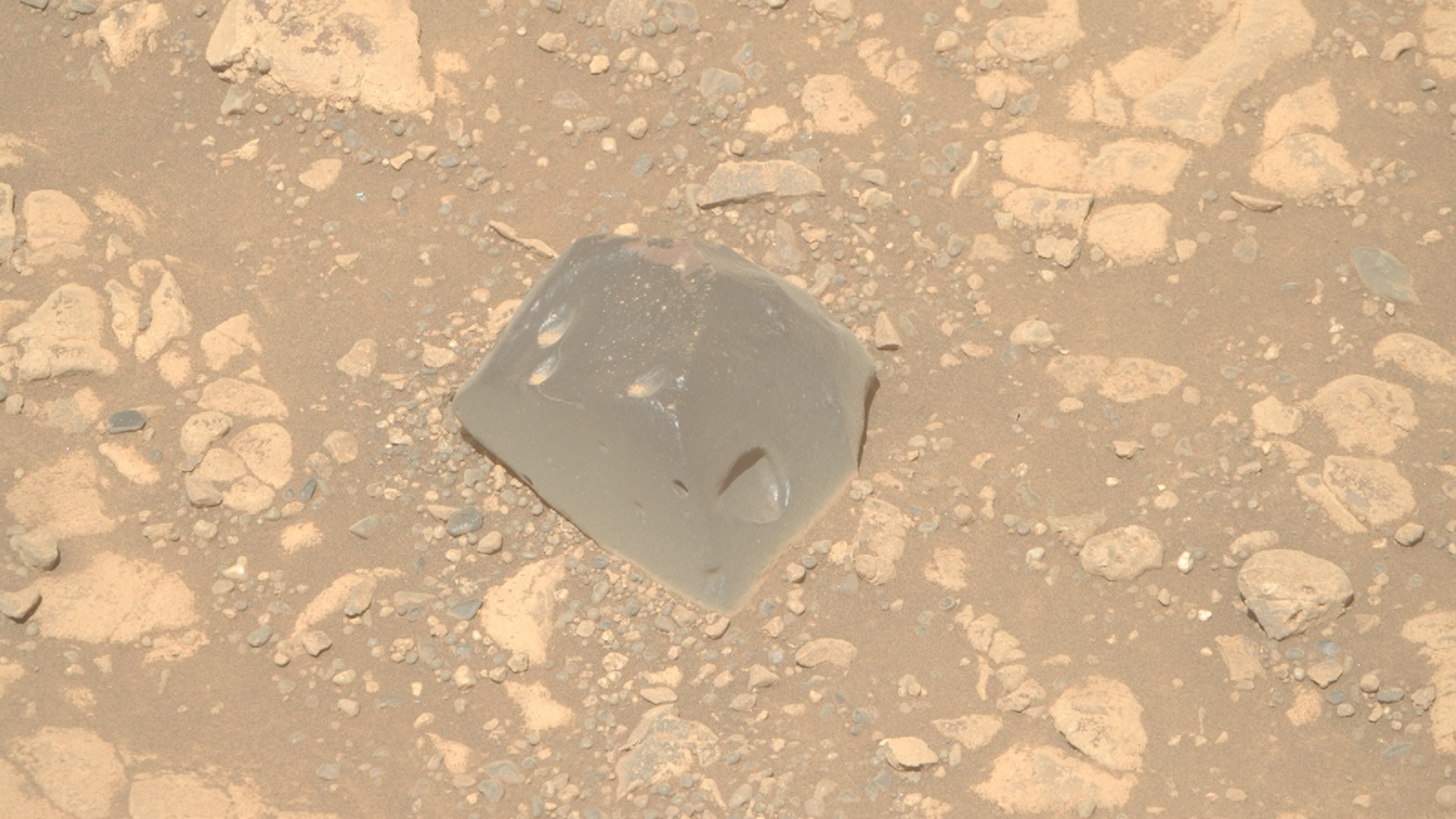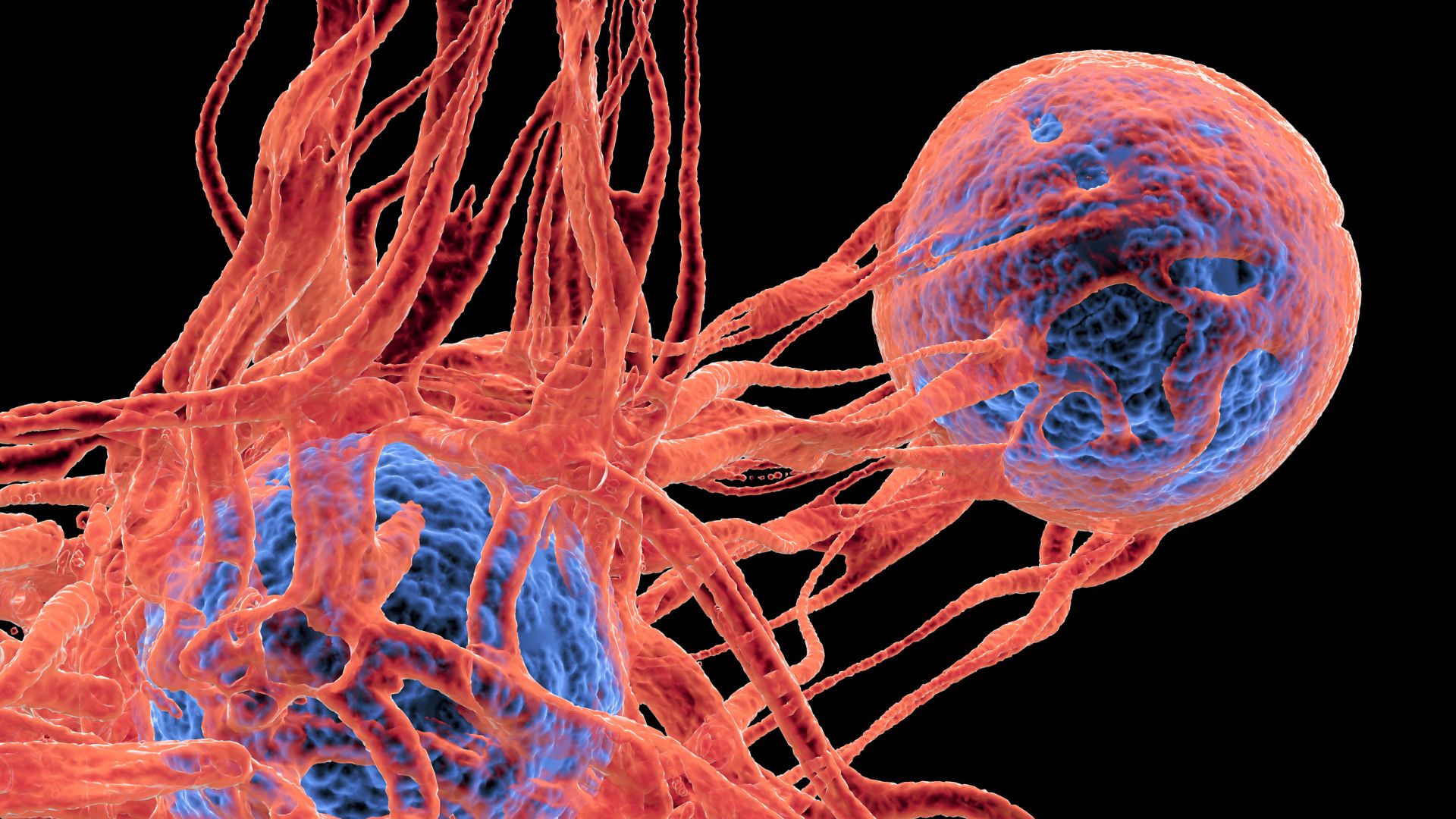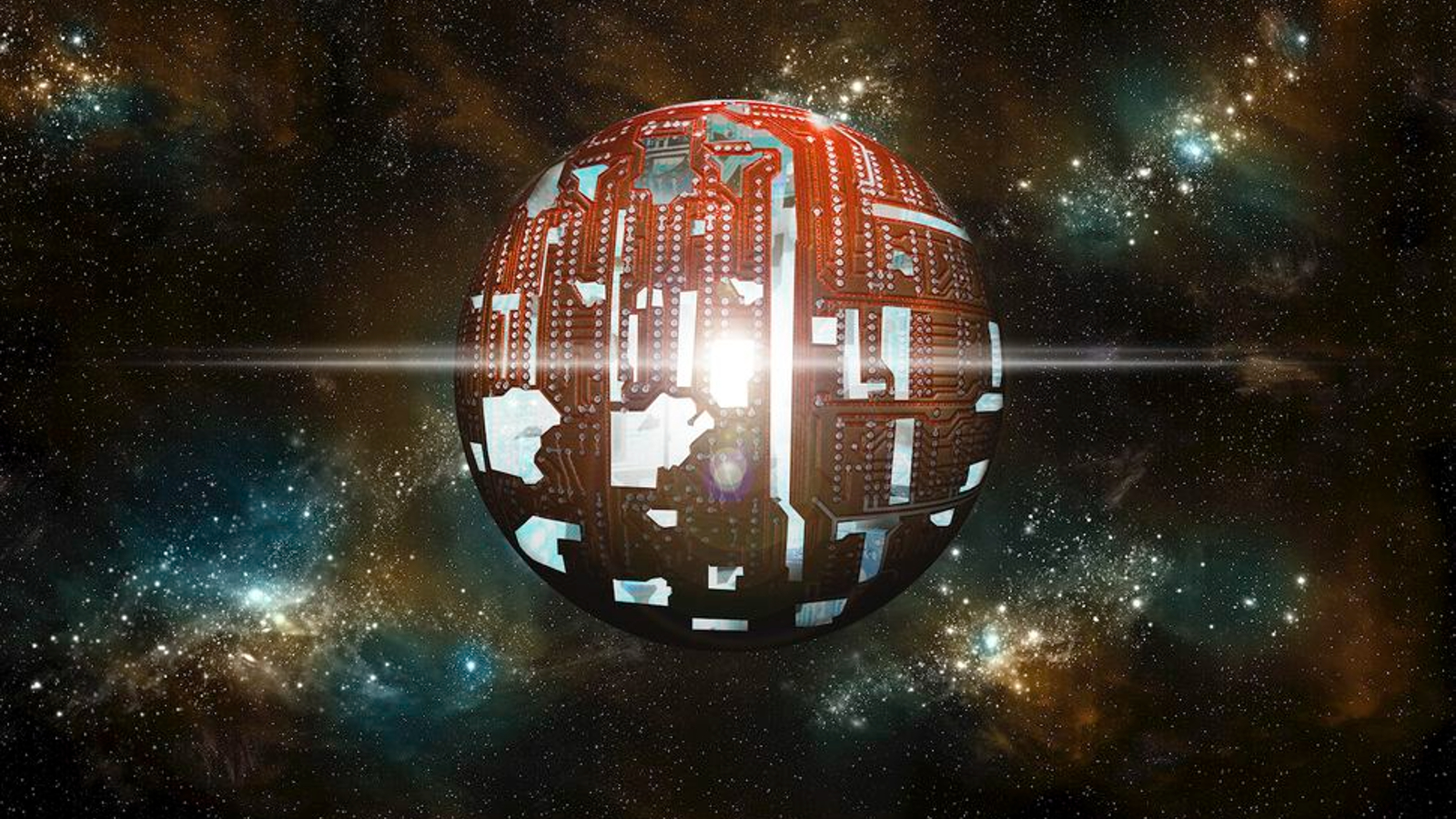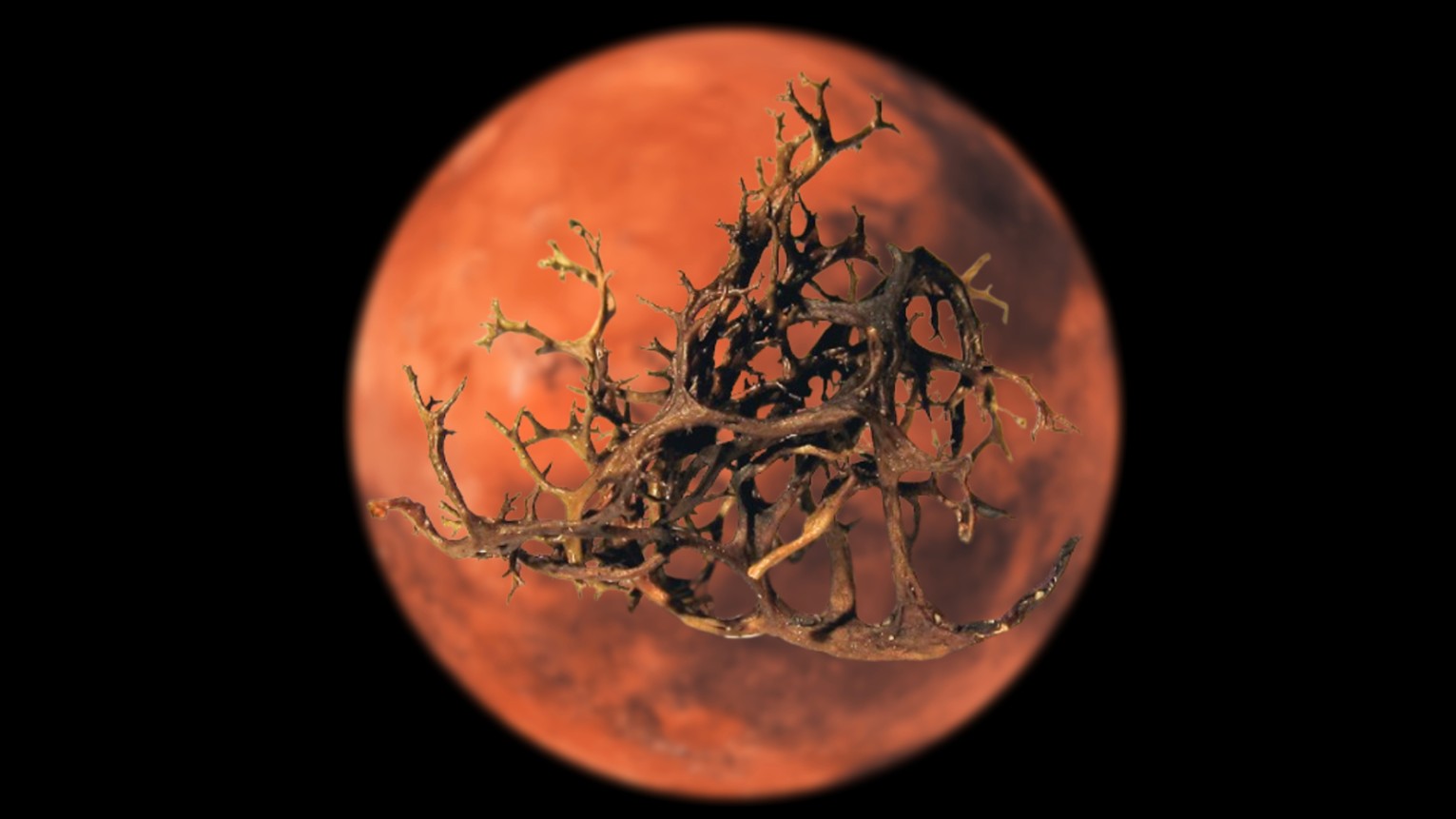'A notch above a gimmick': Experts question scientific merit of billionaire's Fram2 'space adventure' around Earth's poles
The recently launched Fram2 mission, which is funded and led by cryptocurrency billionaire Chun Wang, will attempt to grow mushrooms, test out hormone diapers and X-ray civilian astronauts. However, experts say that these novel experiments are unlikely to yield meaningful results.
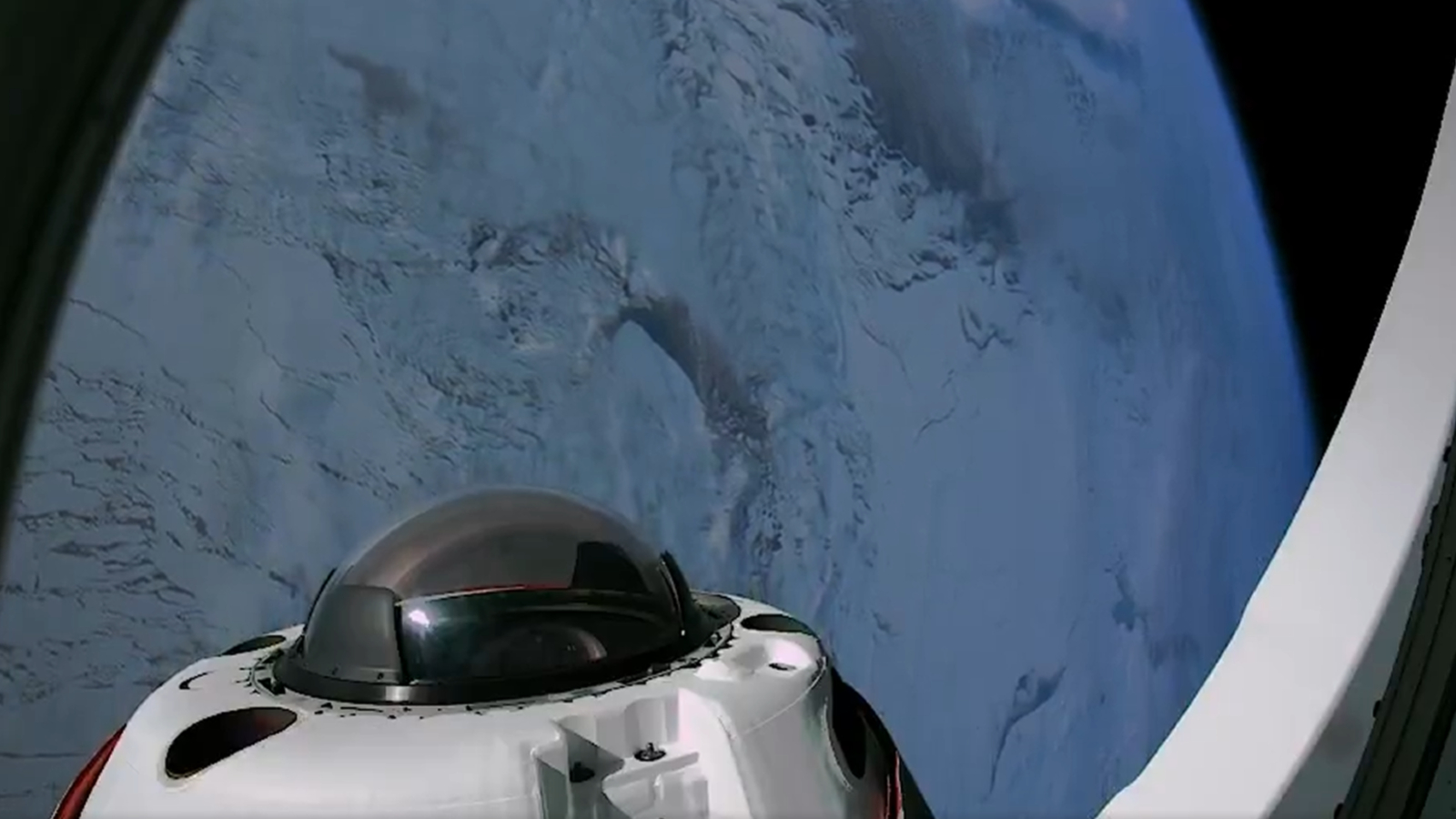
A Bitcoin billionaire and a trio of other first-time astronauts are currently orbiting Earth's poles — a first for human spaceflight — as they embark on a roughly 4-day mission to "advance space exploration" by conducting several unorthodox experiments. However, several experts have questioned how much they can learn during such a short mission, and whether science is the true motivation of the project at all.
On Monday (March 31), the Maltese cryptocurrency mogul Chun Wang and the other members of the "Fram2" mission entered low-Earth orbit aboard SpaceX's Crew Dragon "Resilience" capsule, which was propelled into space by a Falcon 9 rocket that launched from NASA's Kennedy Space Center, Florida, at around 9:46 p.m. EDT, according to Live Science's sister site Space.com. (The name Fram2 was chosen to pay homage to the Fram expedition, which explored the Arctic between 1893 and 1896.)
Wang, who is leading and funding the mission, was accompanied by Norwegian cinematographer Jannicke Mikkelsen, German robotics engineer Rabea Rogge and Australian polar explorer Eric Phillips — all of whom received around 8 months of astronaut training before launch, according to Spaceflight Now. The group is expected to return to Earth at some point within three to five days of launch, when they will splash down off the coast of California.
The two main goals of the Fram2 mission are to achieve the first human spaceflight above Earth's poles and to carry out research that may help future space travel, according to a statement released March 24. There are 22 planned experiments, which range from classic space tests that measure physiological changes experienced by the astronauts to first-of-their-kind experiments, such as growing mushrooms and taking X-rays of one another — all of which will be carried out inside a 13-foot-wide (4 meters) living space.
"With the same pioneering spirit as early polar explorers, we aim to bring back new data and knowledge to advance the long-term goals of space exploration," Wang said in the statement. "The science and research projects onboard will inform how we prepare for future missions, ultimately helping make space more accessible to us all."
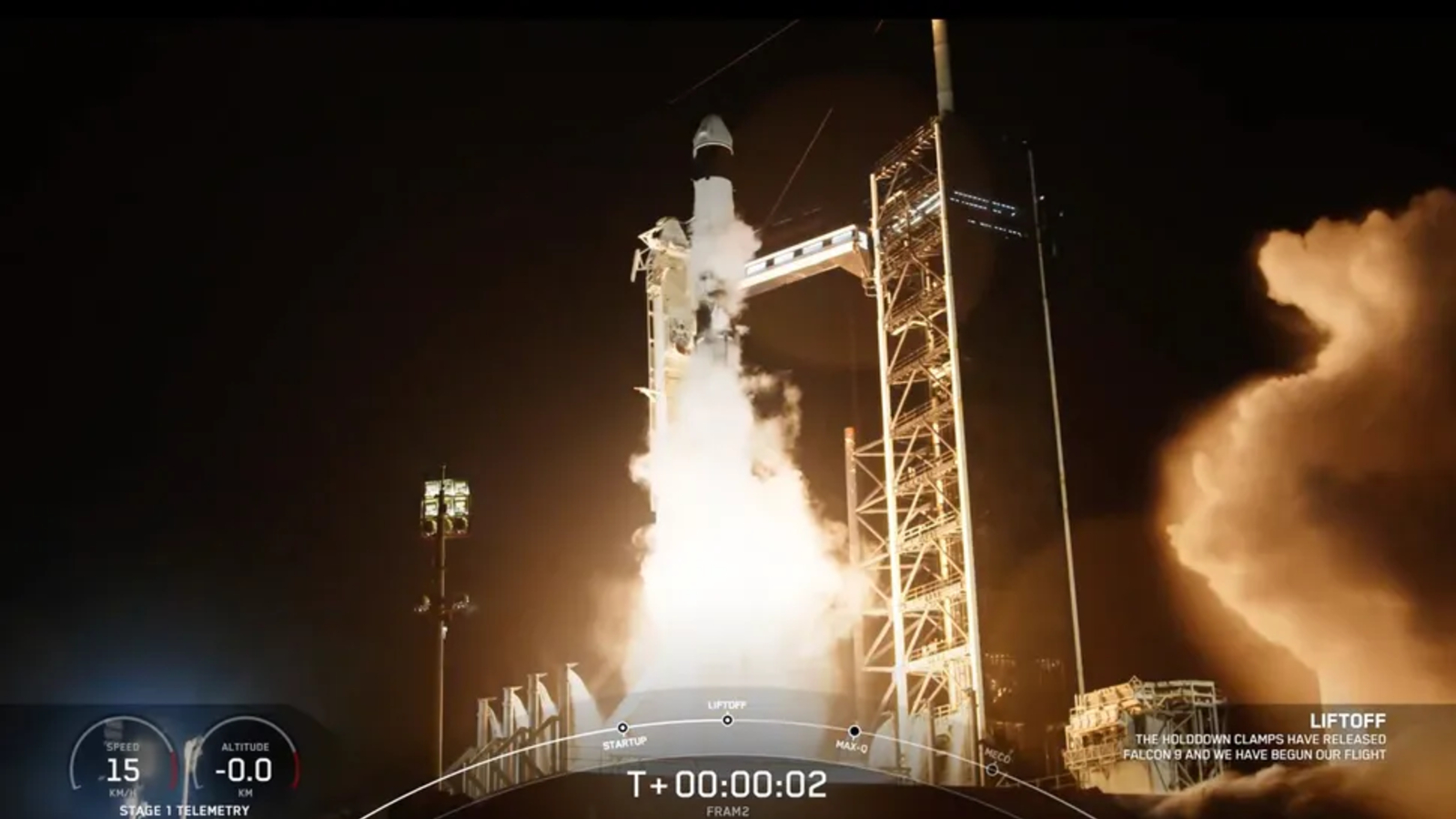
Despite the mission's rapid-fire agenda of world-first experiments, several experts have raised doubts about how much useful science the civilian crew will be able to produce.
Sign up for the Live Science daily newsletter now
Get the world’s most fascinating discoveries delivered straight to your inbox.
Fram2 is "a notch above [a] gimmick, but not exactly a groundbreaking milestone," Christopher Combs, an aerospace engineer at the University of Texas at San Antonio, told CNN. Because this is a private mission, "you need something to say [it's] different and exciting," which is likely why they are attempting to do so many things that have never been done before, he added.
Meanwhile, John Prussing, an aerospace engineer at the University of Illinois Urbana-Champaign, thinks so little of the mission that he initially thought it was an April Fools' joke, as the initial launch window stretched into April 1, CNN reported.
Others have questioned if the Fram2 crew is well-suited to the task at hand and whether a billionaire paying for their own space mission sends the right message in terms of making space travel more accessible.
After reading all the "marketing hype" around the mission, "I didn't feel I really had a handle on the intentions of those on board or how their skills or background relate to the experiments [they will be conducting]," Fionagh Thomson, a researcher at Durham University in England that specializes in space ethics, told Live Science.
"The claim that it will open up space for all is arguably an exaggeration," Thomson added. As was the case with the early polar explorers that the mission is named after, this type of opportunity is only available to "privileged" people and "the elite," she said.
Quick-fire science
One of the biggest criticisms of Fram2 is that the mission is trying to do too many experiments at once — and will not last long enough to collect any meaningful data on any of them.
"Extrapolating any results from short time-span studies is ill-advised," Thomson said. Some of the data could be incorporated into existing research, she added, "assuming they share their results." However, "we will have to wait and see" if this is the case.
A standout example is the "MushVroom" experiment, which will be the first to grow mushrooms in space. However, this will be done using oyster mushrooms, which can take several weeks to fully grow, meaning that the team is unlikely to be able to study the entire growing process.
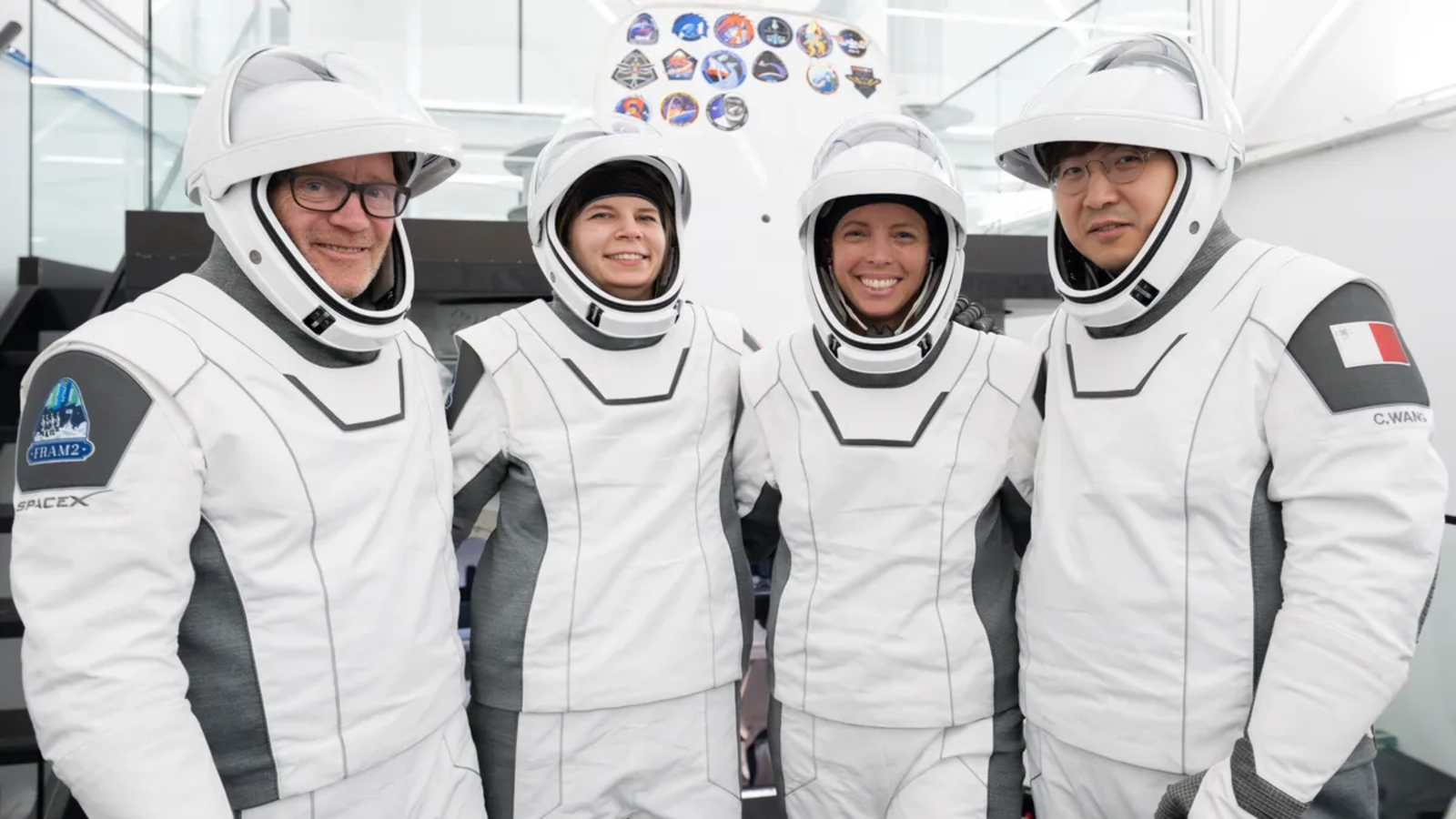
Another example is the decision to X-ray the astronauts in space for the first time. While this type of scanning can reveal changes in human physiology over time, the astronauts are unlikely to experience any detectable changes after just four days in orbit, which raises the question of why they are doing it at all.
The time limitation will be a similar problem for other tests that will assess physiological changes to things like blood flow, brain anatomy and bone density. These metrics have also already been extensively studied in astronauts on long-duration space missions, such as Butch Wilmore and Suni Williams who recently returned to Earth after spending 286 days on board the ISS.
The Fram2 mission is attempting to address some health questions that have not been extensively studied in space so far, such as the quality of sleep, the effects of diabetes (even though none of the astronauts are known diabetics) and changes to the female reproductive hormones — which will be monitored by a phone app linked to sensor-rigged diapers worn by the female astronauts. However, these tests will also suffer from the same limited time window as the others.
If the true intention behind these experiments was to improve our understanding of space travel for future generations, then the funding for this mission may have been better spent on other long-term research projects, Thomson argued.
A "space adventure"
The other key goal of Fram2 is to fly humans over Earth's poles for the first time. SpaceX has already shared images taken by the mission crew that show this has been achieved. However, this endeavour has also been questioned by experts.
"There's nothing unique to a polar orbit, and the science advantages are kind of overblown," Prussing told CNN. The only reason this has not been done before is that it is very fuel-intensive to put a spacecraft into a polar orbit compared to circling the equator, he added.
First views of Earth's polar regions from Dragon pic.twitter.com/3taP34zCeNApril 1, 2025
While no astronauts have ever passed over the Arctic or Antarctica before now, these areas have been extensively mapped by satellites with instruments much more advanced than those available to the Fram2 crew, meaning that the team is unlikely to see anything we haven't seen before.
For Thomson, the decision to execute this particular orbit, coupled with the decision to name the mission after polar explorers, hints that the mission is geared to be more of a "space adventure" than a research project.
Thomson says she has no problem with billionaires funding space exploration, but is less impressed with "vanity projects," and adds that it is important that we can identify them when they happen. "We need transparency and honesty," she said. "If it's about being 'heroic in space' then [just] say so."
Human spaceflight quiz: How well do you know our journey into space?
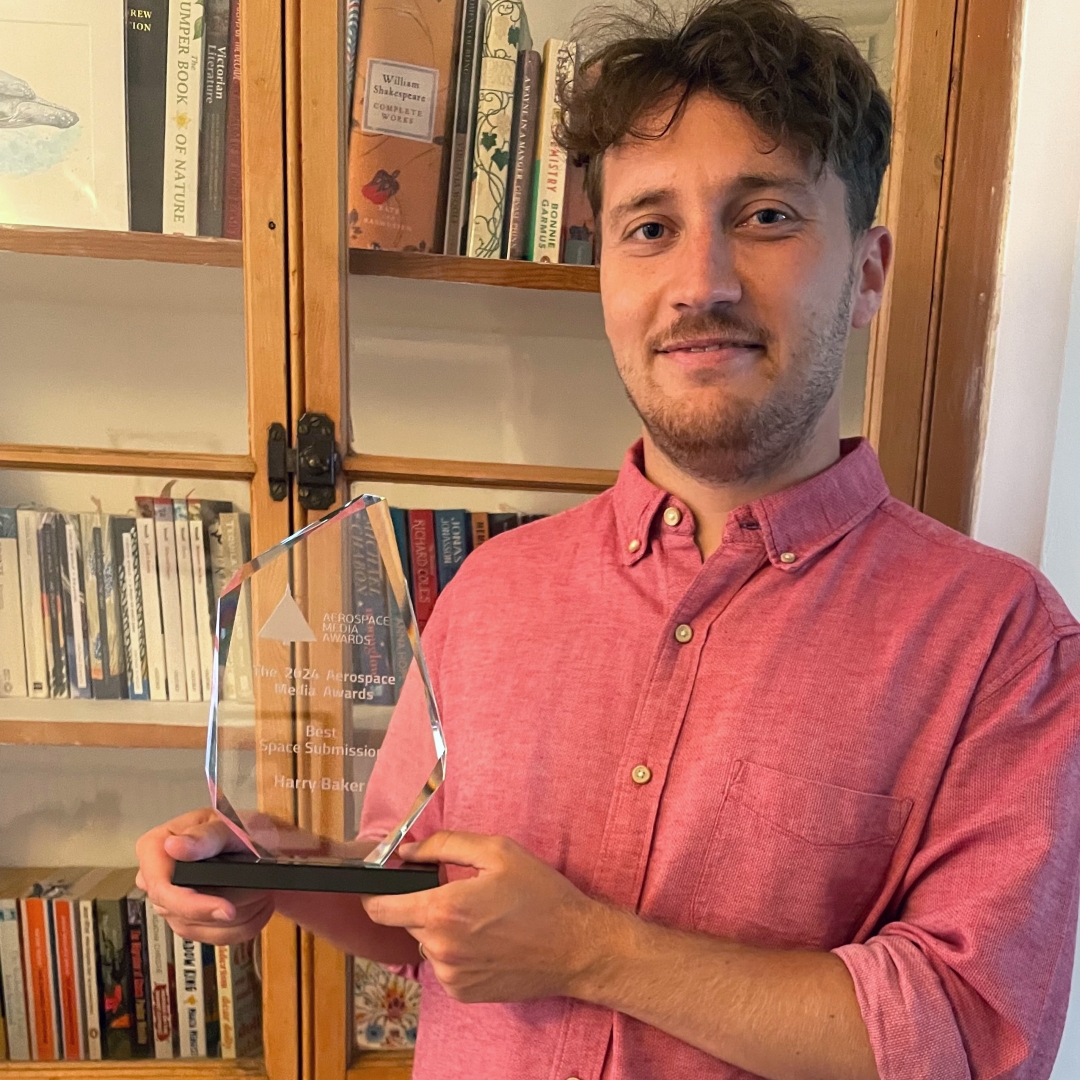
Harry is a U.K.-based senior staff writer at Live Science. He studied marine biology at the University of Exeter before training to become a journalist. He covers a wide range of topics including space exploration, planetary science, space weather, climate change, animal behavior and paleontology. His recent work on the solar maximum won "best space submission" at the 2024 Aerospace Media Awards and was shortlisted in the "top scoop" category at the NCTJ Awards for Excellence in 2023. He also writes Live Science's weekly Earth from space series.
You must confirm your public display name before commenting
Please logout and then login again, you will then be prompted to enter your display name.
